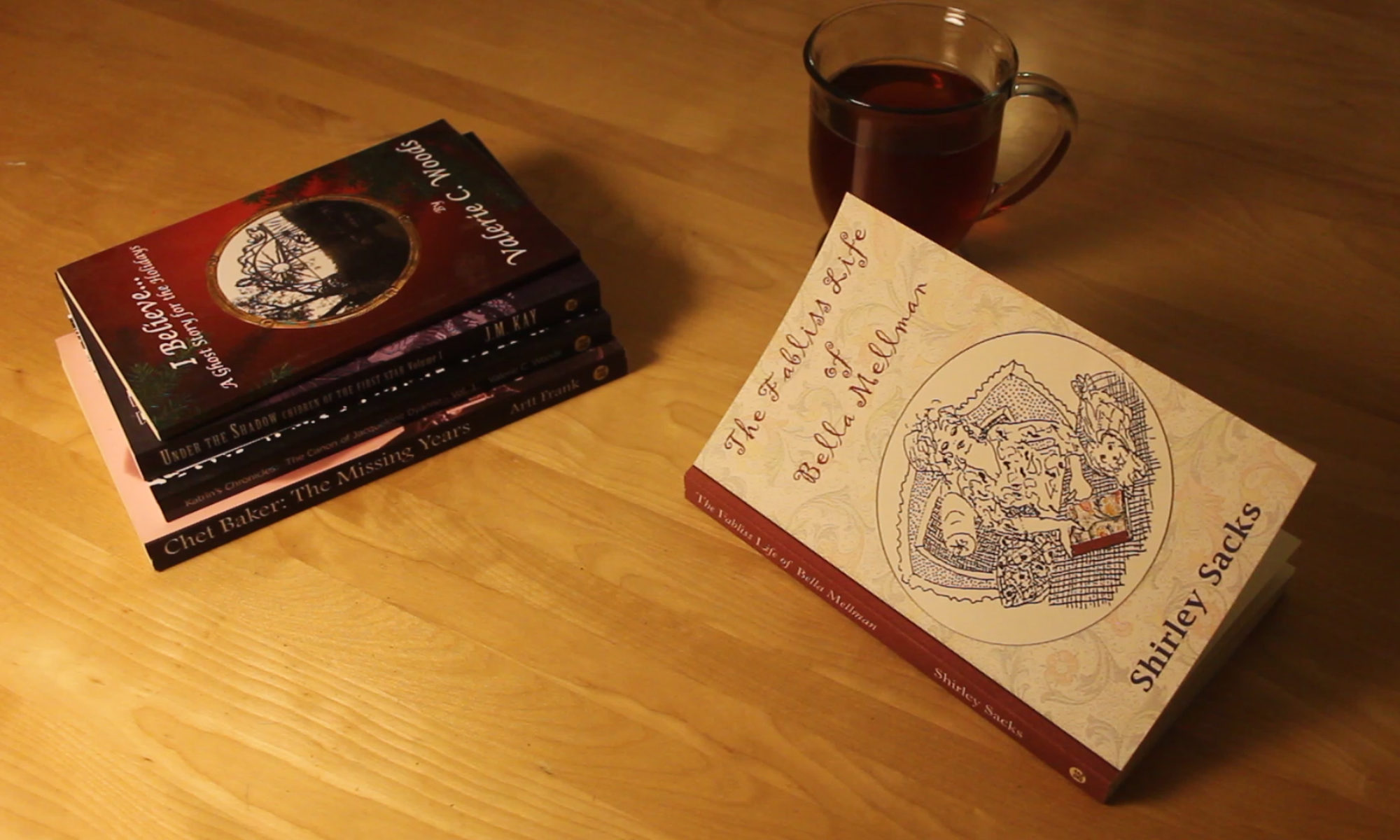A strong woman, Mrs. Mary E. Jones Parrish, wrote the book on the following event. This is my summary of those events.
Once upon a time, a group of black protesters who were against mob rule, set out to support their local sheriff in protecting a young prisoner from being lynched. It was a time when open carry of firearms was legal. Many of the black protesters were veterans of The Great War. They were proud citizens who felt it was their right to step forward and maintain the peace and the rule of law.
They were rightfully concerned, because just nine months earlier, a white mob had taken a white prisoner from custody and lynched him. The crowd of white citizens was so large the police directed traffic to allow the extra-legal execution to take place without interference. However, once mob “justice” had been served, the crowd surged forward to rip souvenirs from the corpse.
This was the mentality facing the protesters of this time and place – 1921, Tulsa, Oklahoma. If the authorities chose not to protect one of its white citizens from a lynch mob, what hope was there for a black citizen without support from his community?
However, the white mob surrounding the courthouse was incensed that these black citizens would question their actions. Who were they to stand and voice an opinion? By noon the following day, this white mob organized and executed the largest riot against a black community in the history of our nation. With guns, fire and bombs, the once prosperous community known as Greenwood, the Black Wall Street, was pillaged and burned until it resembled a bombed-out village from the recent war in Europe.
Those black citizens who survived, including Mrs. Jones Parrish and her daughter, were rounded up and placed into detention camps. Martial law was declared. These black citizens could only be released through the authority of a white citizen. Men, women, children.
No one from that white mob ever served time for these crimes. In fact, the official grand jury blamed the destruction on the black protesters for daring to come forward, stating that propaganda had been: “accumulative in the minds of the negro which led them as a people to believe in equal rights, social equality and their ability to demand the same” – Tulsa World, June 26, 1921, p. 8. A message had been sent and the grand jury condoned it.
I was drawn to tell this story now in light of current events.
When a (white) front runner in the 2016 presidential campaign says to his supporters, in response to (primarily black) protesters, “I love the old days. You know what they used to do to guys like that when they were in a place like this? They’d be carried out in a stretcher, folks.” we need to talk about the “old days” to which he refers. Further, this same front runner now predicts that if he does not get the GOP nomination, there will be riots.
There is a well-known cautionary statement: “Those who cannot remember the past are condemned to repeat it.” (Charles Santayana, The Life of Reason, 1905).
Here we are in the 21st century, and it seems there is an existing segment of our country who do remember the past and are really eager to repeat it.
This year, Memorial Day weekend 2016, marks the 95th anniversary of “the old days.” A survivor and strong woman of that period, Mrs. Mary E. Jones Parrish, wrote the first book to detail the tragedy, based on her experience and the testimony of other survivors.
 #WorldStory16 http://tulsahistory.org/learn/online-…
#WorldStory16 http://tulsahistory.org/learn/online-…
posted by Valerie C. Woods
on March, 20

